Artistic expressions come in many forms, including visual arts, music, dance, theater, and literature. Each type of artistic expression has its unique characteristics and ways of conveying emotions and ideas.
From the vibrant colors and textures of visual arts to the melodic rhythms and harmonies of music, every form of artistic expression offers a distinct way to communicate and connect with others. Whether it’s through the graceful movements of dance, the dramatic performances of theater, or the written words of literature, artistic expression has the power to inspire, educate, and entertain us.
In this article, we’ll delve into the world of artistic expression, exploring its various forms, benefits, and applications. We’ll examine the different types of artistic expression, from visual arts to music, dance, theater, and literature, and discuss how they can be used to convey emotions, tell stories, and explore themes.
We’ll also touch on the importance of artistic expression in our lives, discussing how it can help us develop new skills, build confidence, and express ourselves in meaningful ways. Additionally, we’ll provide tips and techniques for cultivating creativity and overcoming creative blocks, helping you to unlock your full potential as an artist.
Whether you’re a seasoned artist or just starting out, this article aims to provide you with a comprehensive understanding of artistic expression and its many forms. So let’s dive in and explore the world of artistic expression together!
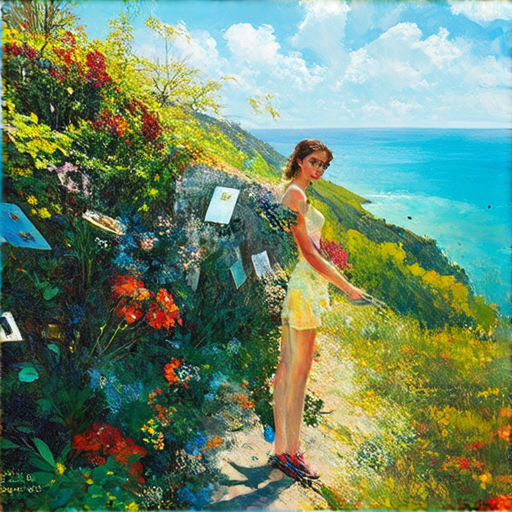
Overcoming Painters Block
As an artist, I’ve experienced my fair share of painter’s block – that frustrating feeling when creativity seems to have abandoned me.
- Warm Up Exercises: Start with simple warm-up exercises like drawing shapes, lines, and basic forms to loosen up your hand and get your creative juices flowing.
- Change Your Environment: Sometimes, a change of scenery can work wonders. Try working in a different location, or rearranging your studio to stimulate your imagination.
- Set Realistic Goals: Break down large projects into smaller, manageable tasks to avoid feeling overwhelmed and increase motivation.
- Practice Mindfulness: Take regular breaks to meditate, stretch, or engage in activities that promote relaxation and reduce stress.
- Seek Inspiration: Explore new sources of inspiration, whether it’s reading books, watching movies, or visiting museums and galleries.
- Collaborate with Others: Working with fellow artists or mentors can provide valuable feedback, support, and fresh perspectives.
- Take Care of Yourself: Prioritize self-care by getting enough sleep, eating well, and exercising regularly to maintain physical and mental well-being.
- Experiment and Take Risks: Don’t be afraid to try new techniques, materials, or styles – it’s often the most unexpected approaches that lead to breakthroughs.
- Learn from Failure: View setbacks as opportunities to learn and grow, rather than getting discouraged or giving up.
- Stay Organized: Maintain a clean and organized workspace to minimize distractions and maximize productivity.
- Celebrate Small Wins: Acknowledge and celebrate small victories along the way to stay motivated and encouraged.
By incorporating these strategies into your daily routine, you’ll be better equipped to overcome painter’s block and unlock your full creative potential.
Expressing Yourself Artistically
As someone who values creativity and self-expression, I’m always looking for new ways to tap into my artistic side.
- Pick an Art Form You Enjoy: Whether it’s painting, drawing, photography, or playing music, choose something that brings you joy and makes you feel alive.
- Experiment and Play: Don’t be afraid to try new things and take risks. Remember, the goal is to have fun and express yourself authentically.
- Keep a Journal: Writing down your thoughts, feelings, and ideas can help you process and reflect on your experiences.
- Turn Your Thoughts into Art: Take your journal entries and turn them into songs, poems, or short stories. This can help you tap into your creative potential and bring your ideas to life.
- Get Inspired by Others: Look to other artists, musicians, writers, and creatives for inspiration. Attend concerts, exhibitions, and workshops to spark your imagination and learn new skills.
- Practice Mindfulness: Being present in the moment can help you stay focused and connected to your creative energy. Try meditation, yoga, or simply taking a walk outside to clear your mind.
- Collaborate with Others: Working with fellow artists or creatives can help you grow and learn from others. Share your ideas, offer feedback, and support each other’s endeavors.
- Take Care of Yourself: Remember that creativity is a muscle that needs to be exercised regularly. Make time for rest, relaxation, and self-care to avoid burnout and maintain your artistic momentum.
At Artfull Journey, we believe that everyone has the potential to express themselves creatively. By embracing our unique talents and passions, we can unlock our full potential and live a more fulfilling life.
Additional Resources:
- Doodle Art Alley: A community-driven platform for artists to share their work and connect with others.
- Skillshare: An online learning platform offering courses and workshops on various creative topics.
- Behance: A showcase for creatives to display their work and get discovered by potential clients and collaborators.
Conclusion:
Expressing yourself artistically is a journey that requires patience, dedication, and practice. By embracing your unique talents and passions, you can unlock your full potential and live a more fulfilling life. At Artfull Journey, we’re committed to helping you discover your creative voice and sharing your story with the world.
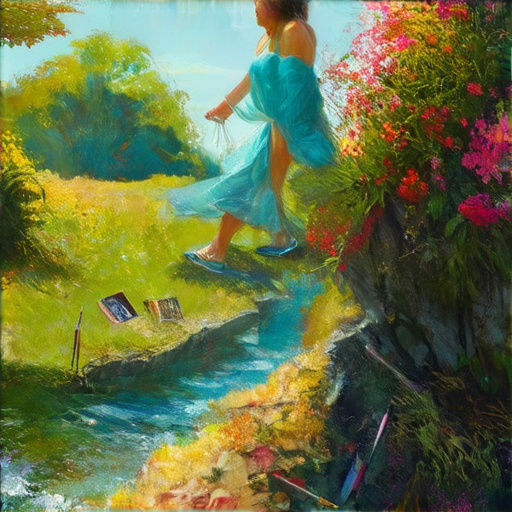
What is an Example of an Artistic Expression?
An artistic expression can take many forms, and it’s essential to understand what constitutes a work of art.
- A photograph can be considered a form of artistic expression, capturing a moment in time and conveying emotions through composition and lighting.
- A drawing or painting can also be a form of artistic expression, allowing the artist to convey their thoughts and feelings through color and technique.
- Three-dimensional artworks, such as sculptures or installations, can also be considered artistic expressions, utilizing space and materials to create a unique experience.
Artistic expressions can be found in various forms, including:
- Visual Arts: paintings, drawings, photographs, sculptures, and installations.
- Performing Arts: music, dance, theater, and film.
- Crafts: pottery, textiles, woodworking, and metalwork.
- Literary Arts: poetry, fiction, nonfiction, and drama.
As an artist, I believe that artistic expression is a powerful tool for communication and self-expression. By exploring different mediums and techniques, artists can tap into their creativity and share their unique perspective with the world.
At Artfull Journey, we celebrate the diversity of artistic expression and provide resources and inspiration for artists of all levels. Whether you’re just starting out or looking to refine your skills, our community is dedicated to helping you grow and succeed as an artist.
Some notable examples of artistic expression include:
- The works of Frida Kahlo, known for her vibrant and emotive paintings that explored themes of identity and culture.
- The sculptures of Henry Moore, which often featured abstract shapes and forms that challenged traditional notions of beauty.
- The films of Stanley Kubrick, which pushed the boundaries of cinematic storytelling and visual effects.
These examples demonstrate the power of artistic expression to inspire, educate, and challenge us. As artists, we have the ability to shape public opinion, spark important conversations, and leave a lasting impact on the world around us.
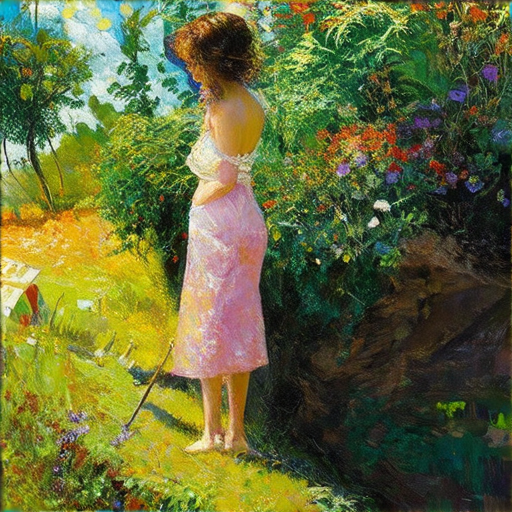
The 7 Rules of Art
The principles of art and design are essential components that contribute to the overall aesthetic appeal and effectiveness of a piece.
-
Balance
Balance refers to the distribution of visual elements within a composition, creating a sense of stability and harmony.
- Types of balance include symmetrical, asymmetrical, radial, and bilateral balance.
- Artists use balance to guide the viewer’s eye through the composition and create a sense of tension or calmness.
-
Contrast
Contrast refers to the use of different visual elements, such as color, texture, and size, to create a sense of interest and depth.
- High contrast creates a strong visual impact, while low contrast produces a more subtle effect.
- Artists use contrast to draw attention to specific elements and create a sense of hierarchy.
-
Emphasis
Emphasis refers to the focal point of a composition, drawing the viewer’s attention to a particular element or area.
- Artists use emphasis to convey meaning, express emotion, and create a sense of drama.
- Emphasis can be achieved through size, color, placement, and other visual elements.
-
Movement
Movement refers to the sense of energy and dynamism created by the arrangement of visual elements.
- Artists use movement to convey a sense of action, emotion, and energy.
- Movement can be achieved through diagonal lines, curved shapes, and other visual elements.
-
Pattern
Pattern refers to the repetition of similar visual elements, creating a sense of rhythm and unity.
- Artists use pattern to create a sense of order and coherence.
- Pattern can be achieved through repeating shapes, colors, and textures.
-
Rhythm
Rhythm refers to the repetition of visual elements, creating a sense of pulse and energy.
- Artists use rhythm to convey a sense of movement and emotion.
- Rhythm can be achieved through repeating patterns, shapes, and colors.
-
Unity
Unity refers to the sense of cohesion and wholeness created by the arrangement of visual elements.
- Artists use unity to create a sense of harmony and balance.
- Unity can be achieved through the use of similar visual elements, such as color, shape, and texture.
By understanding and applying these 7 rules of art, artists can create compositions that engage, inspire, and communicate effectively.
The Golden Rule of Art
The golden rule of art refers to the concept of balance and harmony in composition, which is achieved by applying the principles of the golden ratio.
- The golden ratio, often represented by the Greek letter phi (φ), is approximately equal to 1.618033988749895.
- This irrational number has been observed in numerous aspects of nature, architecture, and art, demonstrating its universal appeal and significance.
- In art, the golden ratio is applied to create visually appealing compositions by dividing the canvas into sections that adhere to this mathematical proportion.
- By incorporating the golden ratio, artists can create a sense of balance, symmetry, and harmony, drawing the viewer’s attention to specific elements within the artwork.
Applying the Golden Ratio in Art
- Measure the width of your canvas or artwork and divide it by the golden ratio (approximately 1.618).
- Determine the resulting measurement, which represents the ideal placement for key elements within your composition.
- Apply this principle to various aspects of your artwork, such as the placement of shapes, colors, and textures, to achieve a harmonious balance.
- Experiment with different variations of the golden ratio to find the perfect balance for your unique piece.
Real-World Applications of the Golden Ratio
The golden ratio has been employed in various art forms, including:
- Painting: Artists like Leonardo da Vinci and Salvador Dali have incorporated the golden ratio into their works to create captivating compositions.
- Sculpture: The golden ratio is used to balance and harmonize three-dimensional artworks, adding depth and visual interest.
- Architecture: Buildings and monuments often incorporate the golden ratio to create aesthetically pleasing and functional spaces.
- Design: Graphic designers and typographers apply the golden ratio to create visually appealing layouts and typography.
Conclusion
The golden rule of art is a timeless principle that guides artists in creating balanced, harmonious, and visually stunning compositions.
By understanding and applying the golden ratio, artists can elevate their work to new heights, captivating audiences and inspiring creativity.
As artists continue to push the boundaries of innovation and expression, the golden ratio remains a fundamental element in the pursuit of artistic excellence.
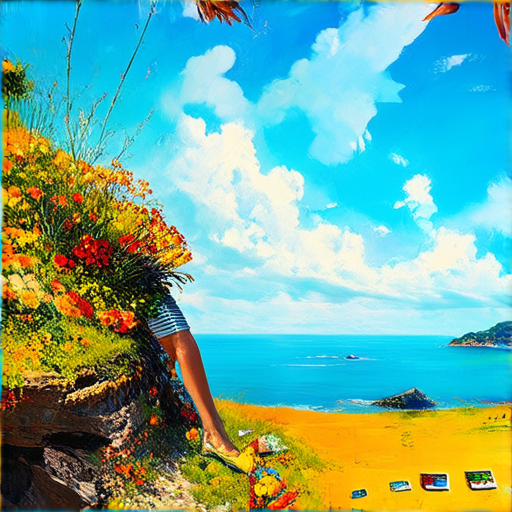
The Seven Elements of Artistic Expression
As an artist, understanding the fundamental elements of artistic expression is crucial for creating visually appealing and meaningful pieces.
-
Line
A line is a continuous mark made on a surface by a drawing tool. It can vary in width, length, direction, and curvature, serving as a primary means of defining shape, form, and movement in a composition.
-
Shape
A shape is a self-contained area with defined boundaries, created by lines, curves, or edges. Shapes can be geometric (e.g., squares, circles) or organic (e.g., free-flowing, irregular), adding depth and interest to a piece.
-
Space
Space refers to the negative areas between and around objects in a composition. It can be positive (physical space) or negative (empty space), influencing the overall mood, balance, and harmony of a work.
-
Value
Value represents the lightness or darkness of a color or object in a composition. It creates contrast, adds dimensionality, and helps guide the viewer’s eye through the artwork.
-
Form
Form is the three-dimensional quality of an object or shape, achieved through the manipulation of lines, shapes, and values. It can be realistic or abstract, contributing to the overall aesthetic appeal of a piece.
-
Texture
Texture describes the surface quality or “feel” of an object or material, whether actual or implied. It can be tactile (e.g., rough, smooth) or visual (e.g., patterned, gradient), adding sensory engagement to a composition.
-
Color
Color is the property of an object that is perceived by the eye as a result of the way it reflects or emits light. It can evoke emotions, convey meaning, and establish mood, making it a powerful element in artistic expression.
By mastering these seven elements, artists can create rich, engaging, and thought-provoking works that communicate their vision and inspire others.
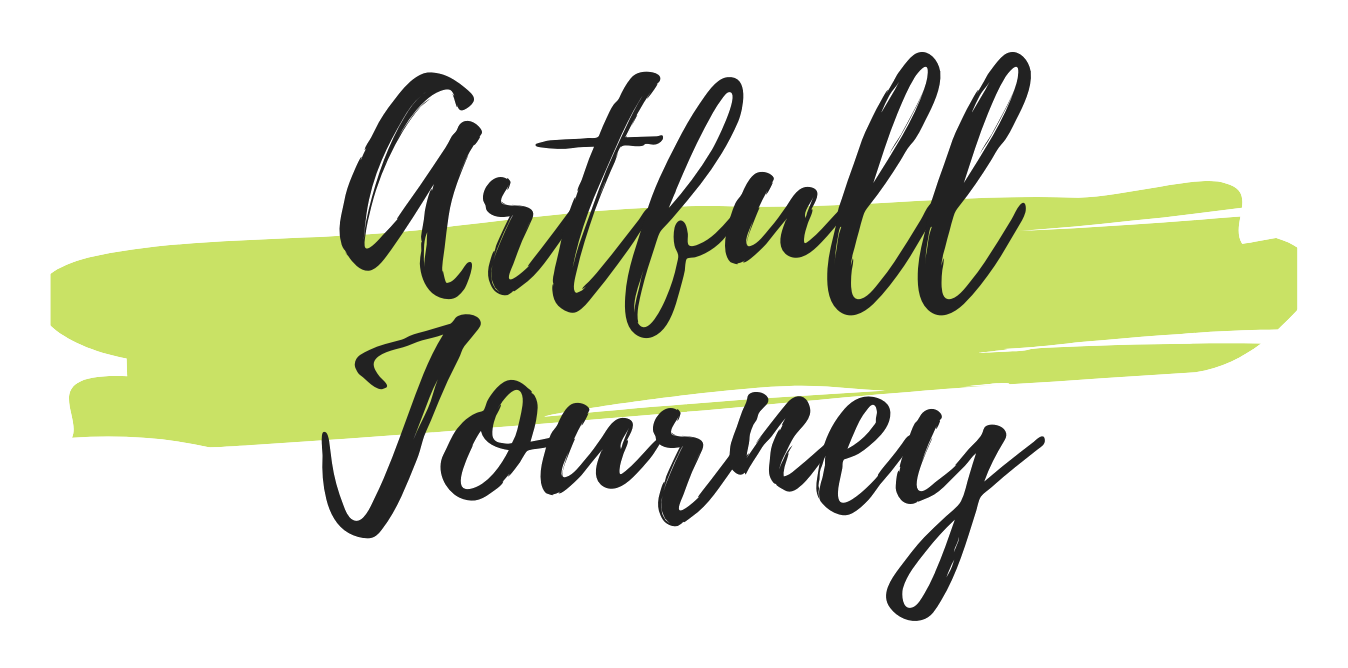
0 Comments